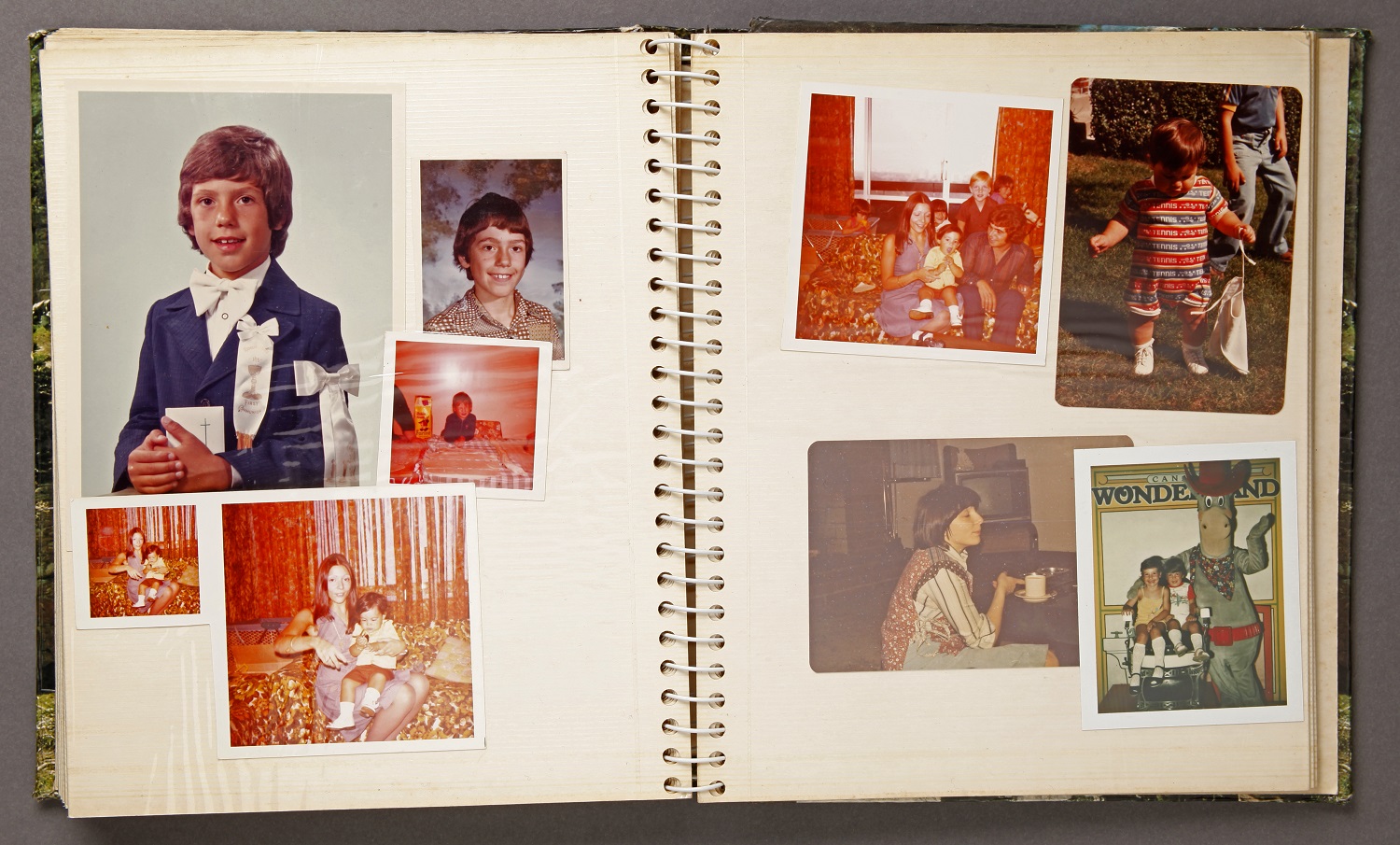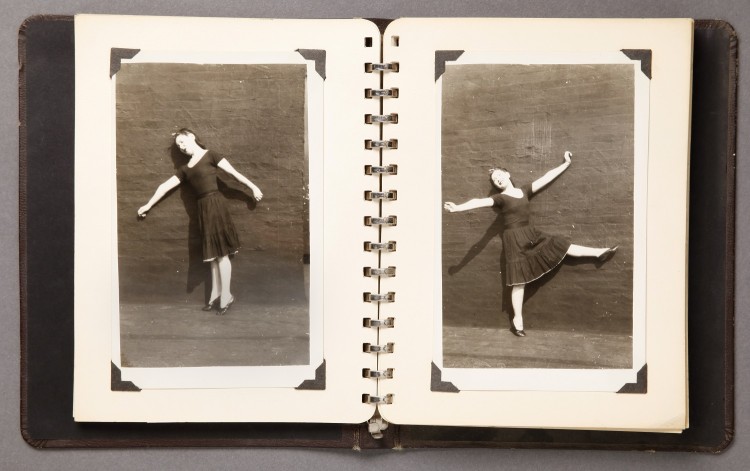To (con)serve and protect

Image courtesy of Katy Whitman.
We all know a picture is worth a thousand words, but how do we keep it that way? Tomorrow night, AGO Photography Conservator Katy Whitman launches a series of free public talks on preserving your important visual memories. Beginning at 6:30 pm in the Edward P. Taylor Library & Archives, Care of Photographs in Personal Collections is an interactive talk where attendees are invited to bring their own photograph collections to share and discuss.
We caught up with Katy to ask her for a few picture-perfect pieces of advice.
AGO: Can you describe why you like working with photographs?
Katy: I love photography, its history, and the fact that photographs can last long after a person has passed away. In the 19th century, a single photograph may be the only image of a person that has died. Photographs freeze time. That’s poignant.
AGO: What’s the most unusual photo album you’ve ever seen?
Katy: The George Eastman Museum in Rochester, New York has a Victorian album with a compartment in the back where ink and fountain pens are stored for making notes on the photographs and in the album. A multi-purpose unit!
AGO: Are photo albums as old as photography itself or have they evolved?
Katy: Photographs early in their history were not album appropriate in that they were one-of-a-kind cased objects (we have a number of them in our collection at the AGO) – precious single photographs that were to be cradled in one’s hand. There would not have been enough of them to create an album. Photograph albums came into existence around the time that people started experimenting with photography and attempting to make their own processes, and with the advent of the carte-des-visite (a small visiting cards with a photograph of the visitor on one side and sometimes their name on the other); once again, we have many of these in our collection.
AGO: What’s the most commonly asked question people have about caring for photos?
Katy: Probably how they can display their photographs safely. Framing photographs with conservation-grade materials is essential. If a framer is using brown cardboard to back a framed photograph, they are not using proper materials.
AGO: If you could give one piece of advice to people caring for photos, what would it be?
Katy: Make copies of anything you want to display – display the copy, and keep the original in a safe place. Also, when you have the copy made, back up your files – this means not just on your computer, but on a hard drive you keep separate from your computer. We may be taking billions of photographs in this age, but a huge percentage of them will be lost because people do not back them up properly. (That’s two pieces of advice, I know.)
AGO: In the age of Instagram, photo albums and collections may seem a tad old fashioned. Why do you think they persist?
Katy: People want their prints. They want to be able to pull a book off a shelf and page through their memories. It’s the same reason paperback novels persist in the age of Kindles and Kobos.
Be sure to hear Katy’s expert advice before she heads off to Los Angeles as Guest Scholar at the Getty Conservation Institute, where she’ll study the history and conservation of photographs on glass
And mark your calendars. The series continues March 21, 2018 at 6:30 p.m. with a free talk about preserving VHS and super 8 films. For more details visit www.ago.net.
Are you an AGOinsider yet? If not, sign up to have stories like these delivered straight to your inbox every week.


